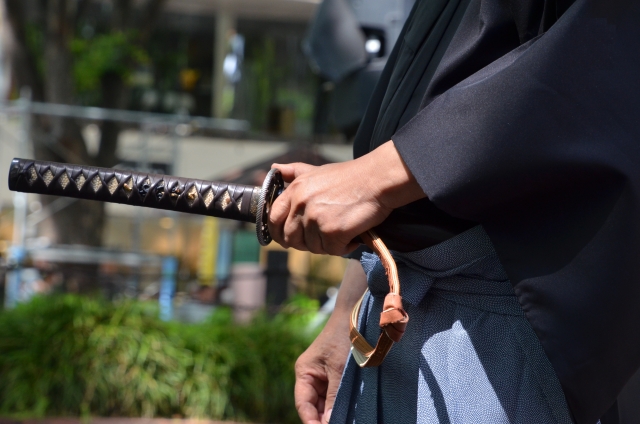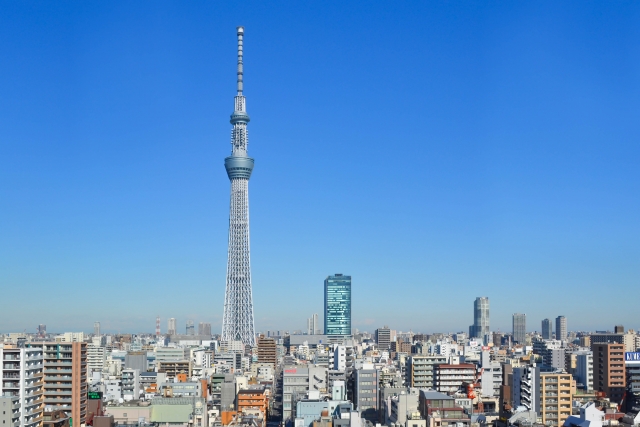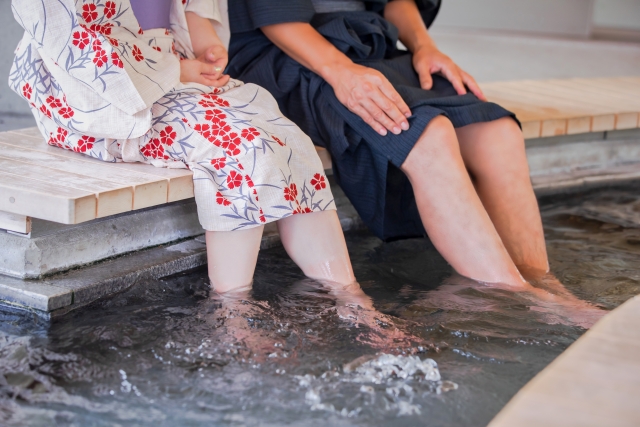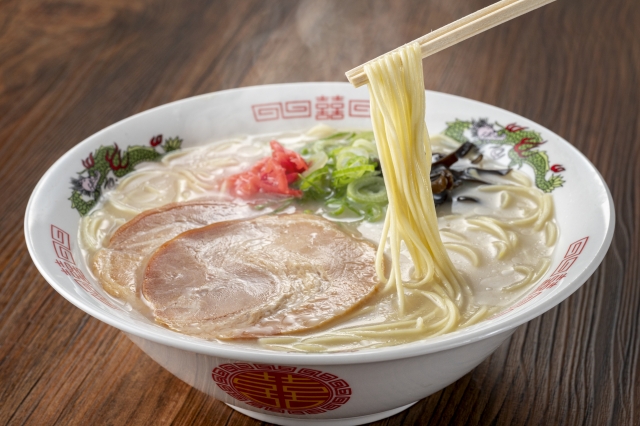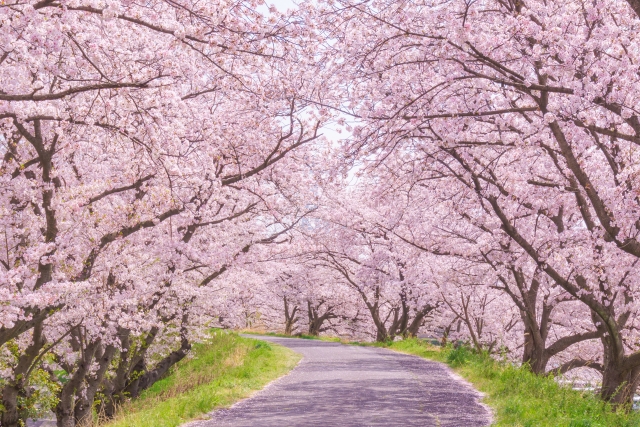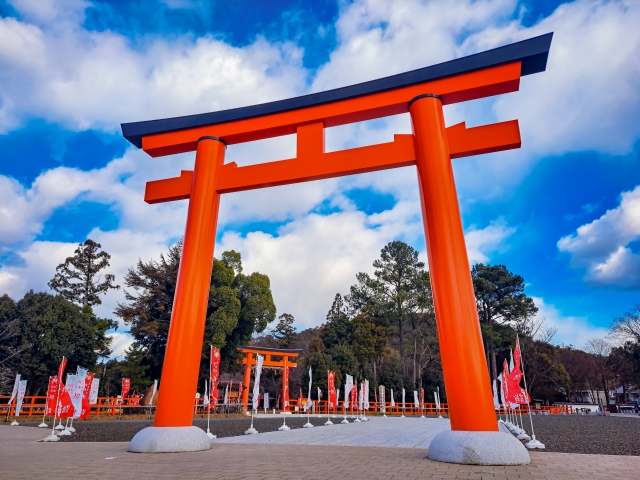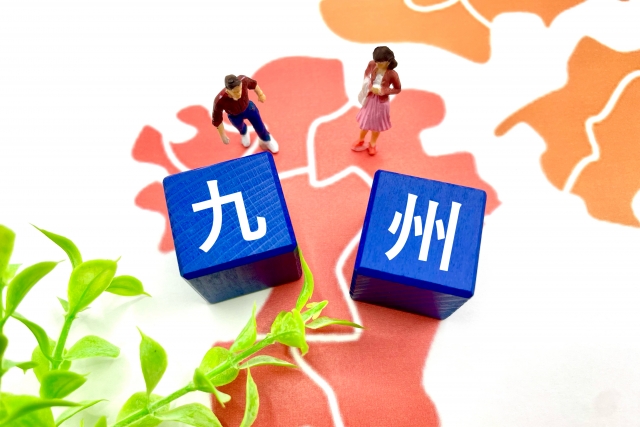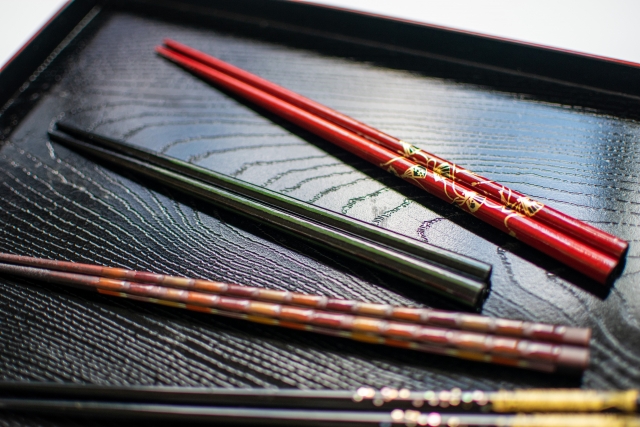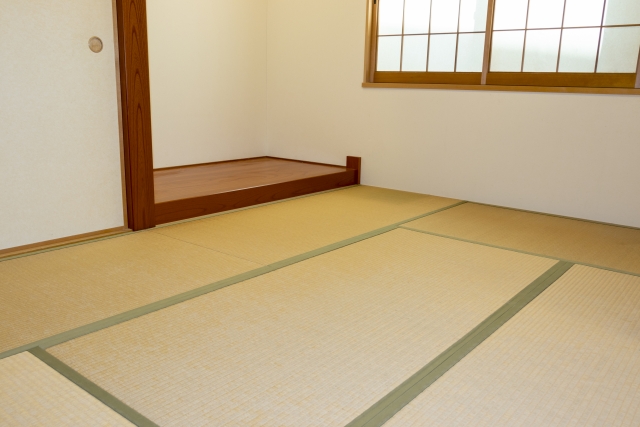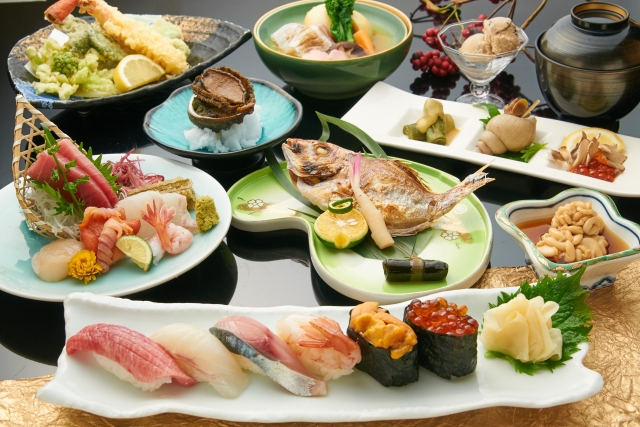When you think of the symbol of Japan, many people probably think of the Samurai. Due to the influence of movies and other media, more and more people are coming to Japan to learn more about samurai. In this article, I will introduce the history of the samurai and events where you can actually experience the samurai. This article will help you learn more about the world of the Samurai.
Contents


